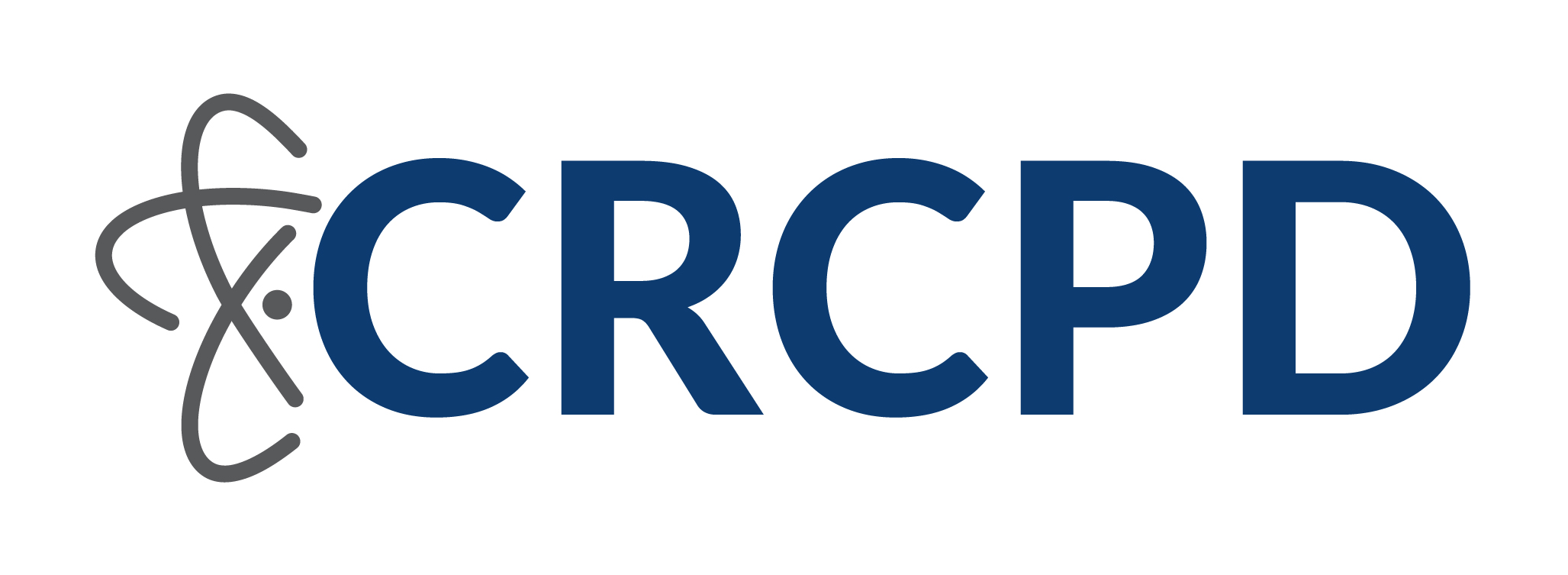Silent Thunder
Connecticut is a partner in the Secure the Cities (STC) to prevent illicit radiological material from getting into New York City. Many Connecticut citizens work in the city and our state also happen to be in the predominantly downwind sector. Both the state police and emergency managers rely on me and my staff to provide technical guidance for their response to radiological incidents. So, during ROSS training, I took special interest in learning the science that supports response to a radiological dispersal device (RDD). The response community has many myths and misconceptions responding to a RDD that could prevent them from taking the actions necessary to protect themselves and the public.
Participating in the Silent Thunder series of RDD exercises provided me a tremendous opportunity to understand responders concerns, to help dispel the myths, and to engage with responders to help them be successful. I have been able to participate in three RDD exercises, – Atomic Thunder in Rhode Island, Scarlet Thunder at Rutgers University in NJ, and Bulldog Thunder at Yale University in CT. In each exercise I was able to describe the role of the ROSS and then interact across the spectrum of emergency responders from police, the fire fighters, HAZMAT techs, local radiation control program staff, EMS, and hospital staff. All of the responders have been eager to use the ROSS to answer their questions. Even radiation program staff have appreciated the specific knowledge of the RDD consequences that the ROSS brings.
The most satisfying part of the Silent Thunder exercises seeing the responders polled on their confidence to respond to an RDD and seeing the improvement from the start to the completion of the exercise.
– Jeff Semancik, Connecticut
